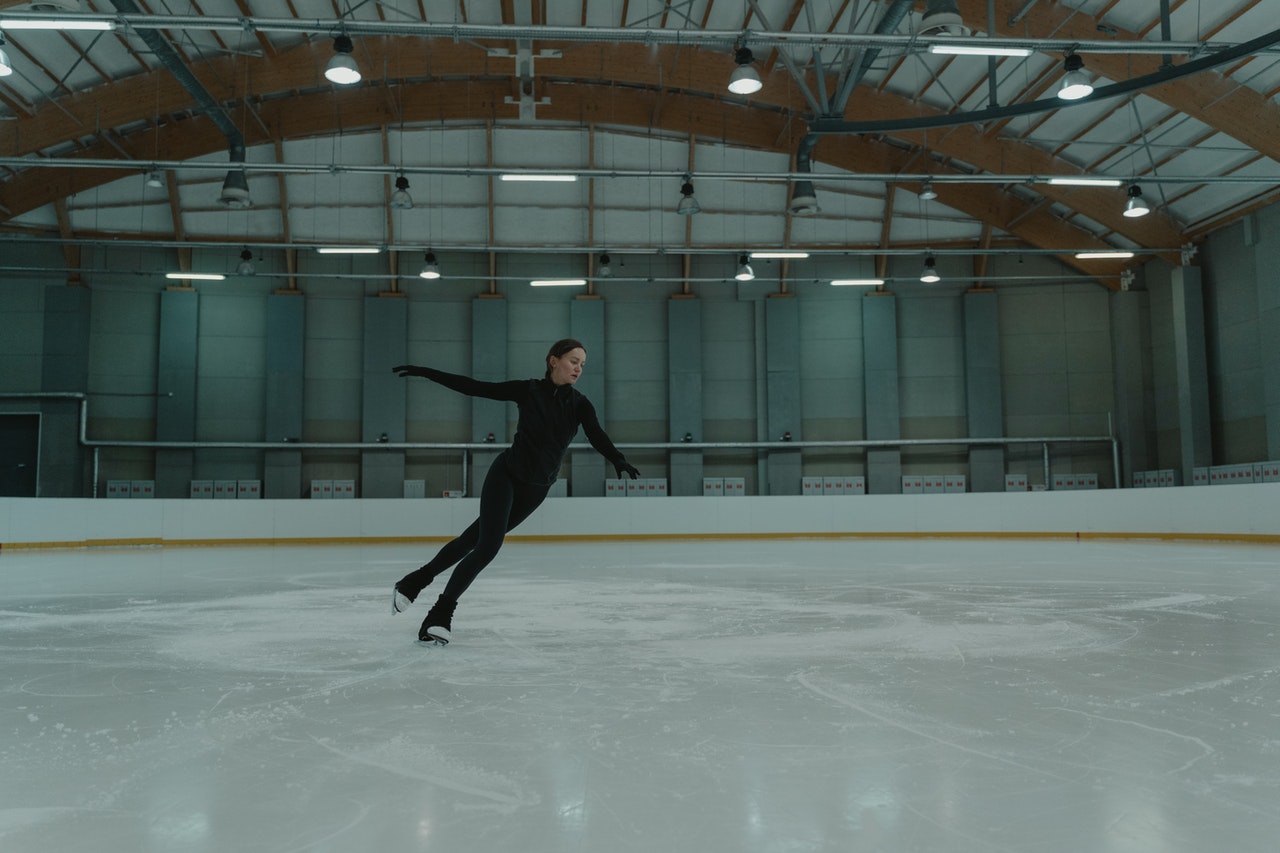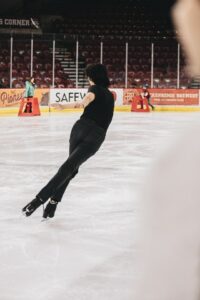
I’ve mentioned this before and I will again; ice skating isn’t that risk-free and laid back as many people think it is. Just because the performance of world-wide famous skaters seems to flow doesn’t mean that it always looked like that. Behind the performance, there were multiple injuries and possibly even fractures that took time to heal! But this is not something that is often discussed because people tend to overlook it; and even if people are aware of it, pain somehow gets glorified as it’s viewed as a “sacrifice” these skaters made in order to be able to shine in their performance.
Today, however, I wanted to point out why ice skating can be dangerous, and I wanted to point out some obvious and some less obvious reasons as to why and how it’s dangerous.
Injuries and fractures are extremely common!

Even though we, as audience, and really even the skaters themselves, don’t talk of injuries that often, they are extremely common. And it doesn’t matter if you are a professional skater or a beginner, they can happen to anyone!
Usually, the outsiders (a.k.a. the audience in this context) can think that the skaters that suffer an injury are not that good at skating, but this is one instance where that doesn’t matter.
Injuries happen for many different reasons – it can be that the skater is not 100% concentrated on the program or it can be that they landed on the wrong side of the skate.
The most common injuries are sprains (mostly ankle, hand and wrist sprains) – and they also happen for multiple reasons. Even though they are seen as common – they can be extremely difficult to heal! Sometimes the area of the injury will remain painful even after treatment. Another type of injury that is extremely common is head injury – and unfortunately, itcan be fatal sometimes.
It’s difficult to upkeep the level of fitness you need to have in order to perform – Hence, skaters are often overworked!

Yes, you read that right. Unfortunately, skaters need to have a superhero-level of endurance and strength in order to perform in a tournament of any kind. They need to be in tip-top shape which they achieve by practicing for hours on end during the tournament seasons (and during the off-season as well!). This amount of exercise however, isn’t that healthy at all – more often than not, skaters end up being overworked, more tired, even lethargic due to all of the exercise. Unfortunately, I don’t see a happy end with this matter because I do think that in order to achieve excellence, you need to be in a shape that can support all of the moves, tricks and dancing. At the same time, we have to agree that overworking takes a toll on both the mind and body of the skaters which in the end, harms them.
The ice itself can be dangerous!
It’s not only the way in which skaters fall on the ice, it’s ice itself that can cause damage as well!





